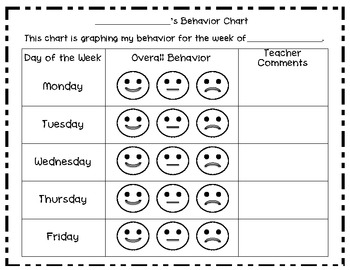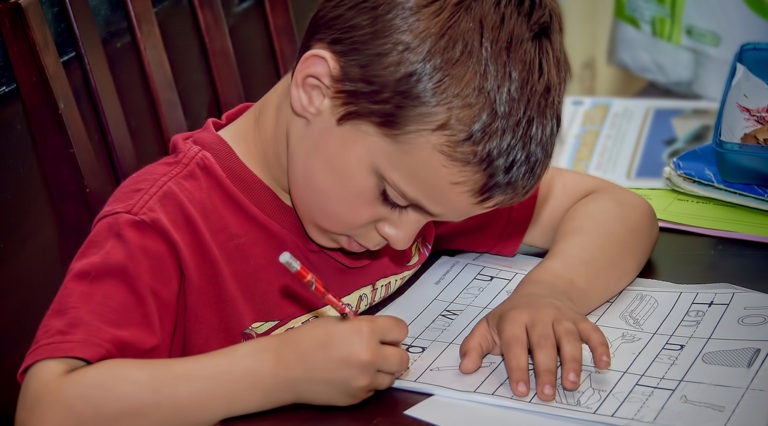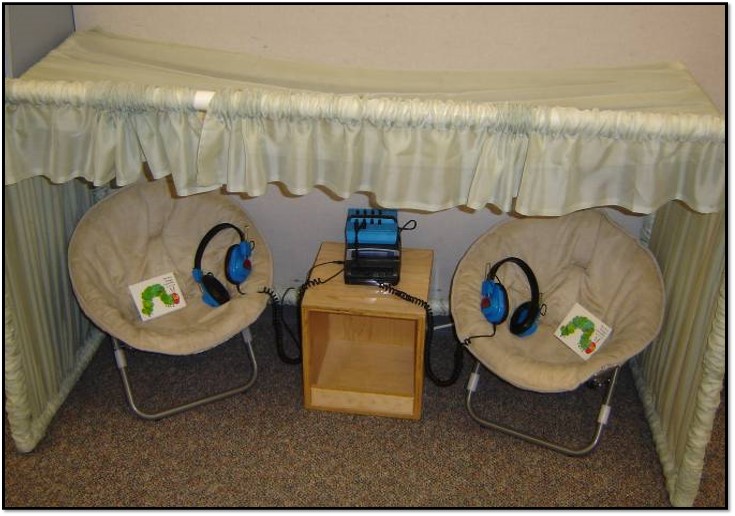Physical Science Activities for Preschoolers
Physical science is one of the three content items in science. (The other two are life science and earth & space science). Physical science activities deal with the properties of materials and objects. This includes things we can observe, such as height, weight, color, and transparency, but it also includes how objects respond in different situations. A big part of this is exploring the position and motion of objects. This is perhaps one of the easiest and most fun ways to incorporate science into your classroom.
Criteria for a Good Physical Science Activity
As you attempt to put physical science materials into your space, consider these four criteria of a good physical knowledge activity (Kamii & Lee-Katz, 1979):
- The child produces the physical movement.
This means that the child is in charge of the activity, not the teacher. This isn’t just an observation activity…the child is really involved, therefore, they are in charge of producing the physical movement of the activity. - The child must be able to vary their actions.
There must be something the child can do differently in order to learn more about the object(s). For instance, can the child place the car in different places along the ramp. He can make the car start or stop, or make the car go faster or slower. These all provide the child with an opportunity to figure out how these materials work. As a result, he learns how his actions influence the position and movement of the objects, and this is the essence of a physical science activity. - The reaction must be observable.
The child must be able to observe the result of varying his actions. Without this observation, he will be unable to draw any conclusion. Remember that observable doesn’t just mean seeing the result…you can observe with any of your senses. Physical science activities can be observable through smell, touch, taste, or sound as well. - The reaction of the objects must be immediate.
When the child varies his/her actions, he/she must be able to see the results of that action right away in order to construct knowledge. If the reaction is delayed, the child may not be able to form proper conclusions.
Examples of Physical Science Activities
Let’s look at some physical science activities that meet these four criteria:
Catapult

In this simple catapult activity, children explore simple machines and determine how the marker cap (fulcrum) placement influences how far the pompom travels. As a result, they are learning about levers, force, speed, and distance.
Balance
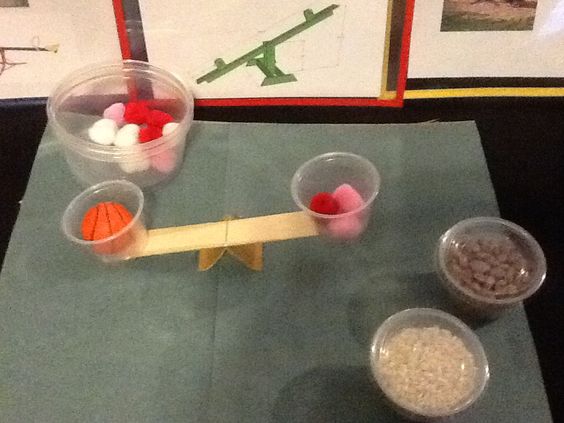
You can create this simple balance out of a popsicle or paint stick. First, place the stick on V-shaped cardboard to enable the stick to balance, then glue it to the cardboard base. Next, bend a paper clip and wrap around the V-shaped cardboard, holding in place the popsicle stick to form the balance.
Pendulum
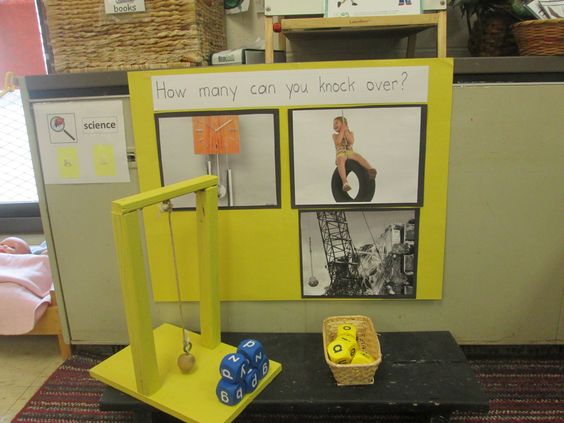
This pendulum activity is always a fun physical science activity for children. Make modifications by using an adjustable length (such as baby links or paper clips), an adjustable weight of the pendulum bob, or an adjustable weight of the knocked-over materials. Remember only to change one variable at a time, though, so that children can make accurate observations about the materials.
Ramp

Make your ramp area enjoyable by changing the texture of the ramps so that children can make comparisons about how the surface influences the speed and distance.
Adjustable Ramp
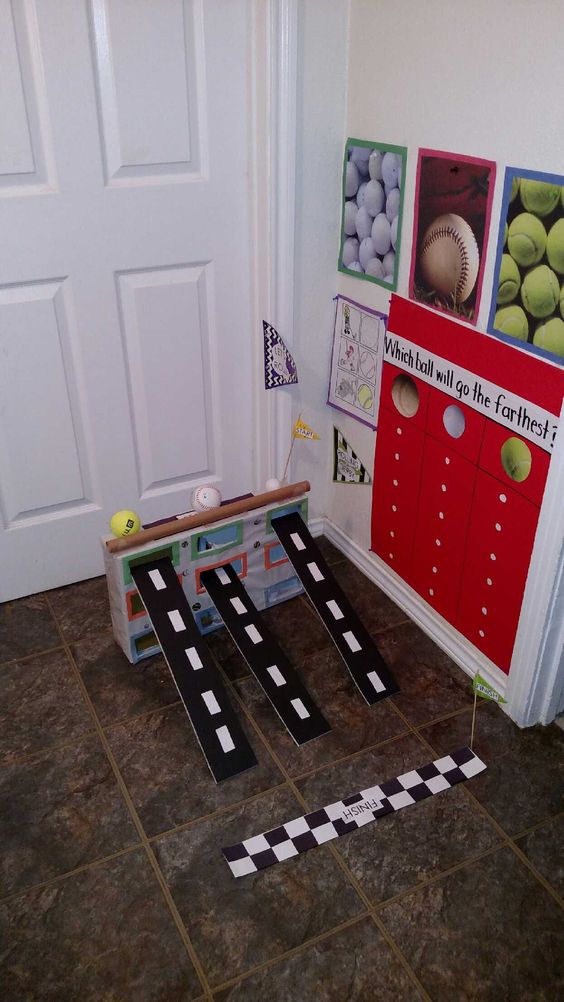
This adjustable ramp was made out of cardboard boxes and allowed children to determine how the incline affects speed and distance. Remember to use the same materials for all three ramps until after children have had an opportunity to create some conclusions. Then you can experiment with different materials, such as the ones in this picture.
These are just a sampling of physical science activities. Each one has so many options for extending the activity. What ideas do you have? How could you use these in your classroom?
Want to learn more about science activities for preschool? Take our science curriculum class!
Creating Your Preschool Science Curriculum – 3 hours
Science exploration comes naturally to children. Yet, many of the science activities available online and even in stores are not appropriate for preschoolers. This workshop will give you a background in the types of science experiences preschoolers should have access to in an early care program. You will explore the specific factors that determine whether an activity is appropriate for preschoolers. You will learn about setting up a science area and the three areas of science curriculum that should be part of every early childhood classroom: physical science activities, life science, and earth and space science.



